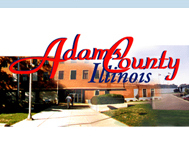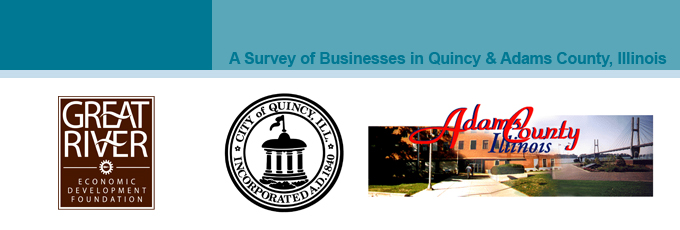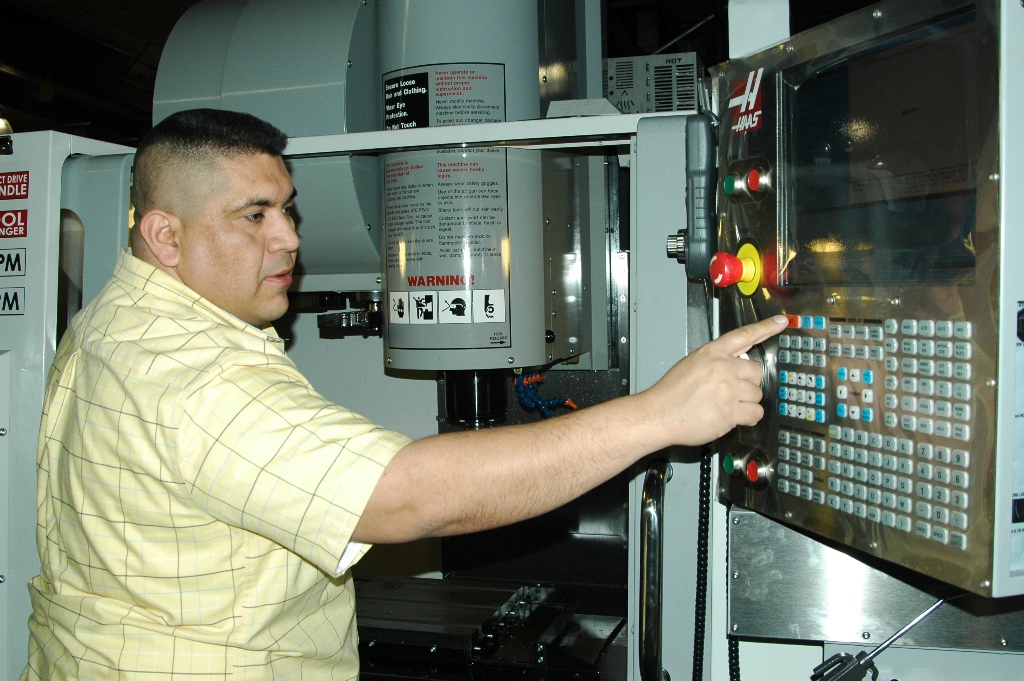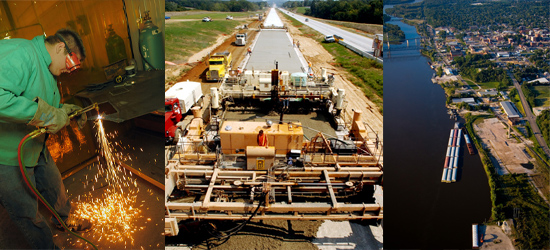Funding for Local Workforce Programs
[share]The Workforce Investment Act should be reauthorized to ensure funding is available for local workforce training.
The availability of skilled labor has become a key factor in site selection and expansion decisions, and our ability to retain and attract businesses directly impacts the well-being of our region and the ability of our families to be financially self-sufficient. In a recent survey conducted by Area Development Magazine detailing top site selection factors, labor costs and availability of skilled labor ranked number one and number three respectively. That is why funding for local workforce initiatives in part through the reauthorization of the Workforce Investment Act is critical. Local Workforce Investment Boards and funding through the Workforce Investment Act are helping dislocated workers and disadvantaged youth receive the training they need to secure family sustaining careers and help fill the local and national skills gap.
Tri-State Highway Priorities
Elected officials should support the increase in funding to accelerate construction of the Macomb bypass, US 67 Corridor upgrade and US 34 upgrade.
Macomb Bypass Completion
The Macomb West Bypass is an essential link that connects the Tri-State network via the Chicago-Kansas City Expressway. The CKC allows drivers to avoid the very slow and congested I-55 segment between Chicago and Joliet, and the equally difficult over-crowded piece of I-70 from St. Louis to Kansas City, both of which are on a route that has been taken by most traffic in the past. Upon completion, the CKC will be a major force for economic growth and job creation. Officials from Illinois and Missouri have agreed to work jointly across the corridor to build traffic and promote this new four-lane connection between our two major Midwest commercial centers, and to promote the communities located on the new corridor. However, it is going to be very difficult to promote the corridor prior to the completion of the Macomb Bypass. $70 million was secured in the 2009 Illinois Jobs Now capital bill to begin work on this vital project. The Tri-State Development Transportation Task Force is now working with IDOT, state lawmakers, legislative leaders, federal transportation officials and members of Congress to implement accelerated construction of the bypass. Efforts are under way to secure $32.5 million in additional state funding to complete construction of two lanes of the four-lane bypass by 2015, with the other lanes completed as funding becomes available.
US 67 Corridor Upgrade
Upgrading the US 67 Corridor from the Quad Cities south to Alton is a key priority in the region’s transportation agenda. Ultimately, US 67 south from Macomb should be connected to US 67 north of Macomb by a four-lane bypass east of the city, which also will serve as a gateway to extend Ill 336 east from Macomb to Peoria.
US 34 Upgrade
Upgrading US 34 in Illinois to four lanes from Monmouth to Burlington, and through Iowa to Des Moines to complete the Trans Iowa-Illinois Freight Corridor from Galesburg to Des Moines is of central importance. The Tri-State Summit group was successful in securing $73 million from the governor and legislature in the 2009 Illinois Jobs Now capital bill to being work on the Monmouth-Burlington segment.
TIGER 5 Grant and Mid America Intermodal Authority Port District
The U.S. Department of Transportation should award a TIGER 5 grant to the Mid America Intermodal Authority Port District.
Funding from a TIGER 5 grant will aid in the development of new port facilities under the Mid America Intermodal Authority Port District and will benefit the retention and expansion of existing industries, provide opportunity for new investment and job creation and establish the tri-state region as a significant Midwest transportation hub. It has been determined that the TIGER 5 grant would enable the first phase of the proposed new port facilities in Quincy to be constructed. This new facility location has tri-state support of 26 counties in Illinois, Iowa and Missouri whose representatives make up the Board of the Mid America Port Commission and will benefit the entire region. Significant private and public investment has been made in the 5000 acre, 500 year levee district. The new facilities will increase the number of barges that can be serviced in the region, will reduce the congestion on regional highway infrastructure and will reduce shipping costs for regional companies, driving new investment and new job creation. This facility will interface with the Chicago-Kansas City Expressway and the Avenue of the Saints to improve overall regional freight movement.
The location was chosen by the US Army Corp of Engineers as the preferred site and will improve the safety and efficiency of barge traffic in the region allowing for greater volume of river freight traffic. Barge traffic is an environmentally sound way to move freight and by reducing rail and truck traffic lowers maintenance costs for land based infrastructure.
USDA Great Region Designation
The USDA should consider the ongoing and collaborative economic development efforts of the Tri-State Summit and officially recognize the geographical area of Northeast Missouri, Southeast Iowa and Western Illinois as a Great Region.
In 1993, flooding on the Mississippi River wreaked havoc in the Midwest. As rising water closed bridges, highways, railways and barge traffic, the tri-state area of Northeast Missouri, Southeast Iowa and Western Illinois learned that a common partnership was critical to each of their economies. The tri-state region shares a common workforce, area educational and healthcare facilities and business community. It was with these common threads that the first Tri-State Development Summit was held in 1996 and 8 subsequent summits have followed. It is a unique partnership of 35 counties in 3 states that share the resources of the largest inland waterway in the United States.
Early in fiscal year 2011, USDA identified seven regional projects as good opportunities for USDA partnership, calling them Great Regions. USDA chose the term Great Regions to encourage these regions and their current and potential partners in the community to broaden their thinking to a regional scale. Given the long history of collaboration created by the Summit, this regional focus already exists in the tri-states. Having the 35 Summit counties designated as a Great Region would spur economic, social and environmental benefits and establish this region, with the support of the USDA, as a central hub for the Midwest.
USDA directors from Missouri and Iowa along with Illinois Director Colleen Callahan will be in Quincy this fall to meet with key representatives of the Tri-State Summit to begin the process of naming our 35-county region a USDA Great Region with the goal of having that designation announced at the May 7, 2013 Summit.
M-94 Corridor (Upper Mississippi Connector) Marine Highway Designation
The Upper Mississippi Connector (M-94 Corridor), stretching from St. Louis to St. Paul, should be designated a Marine Highway.
The America’s Marine Highway Program is designed to focus on the integration of Marine Highways into the nation’s surface transportation system, providing seamless transition across all modes by leveraging marine services to complement land-side surface transportation routes. The Mississippi River has demonstrated the ability to provide additional capacity to relieve congested land routes serving freight and passenger movement. Every barge that moves up and down the Mississippi River would require 70 trucks to accomplish the same freight movement. Cost savings average nearly $11 per ton.
Officials in the Quincy and Adams County region are working in partnership with Department of Transportation officials in Illinois, Iowa, Missouri, Wisconsin and Minnesota to achieve this designation. When achieved, the designation will help these states gain access to much needed funds for the maintenance and improvement of the river system. It will be an economic development tool, benefiting both business and tourism. The City of Quincy and Adams County region will see new opportunities in the retention and expansion of our existing businesses as well as the attraction of new industries.
Water Resources Development Act of 2013 Passage & Funding
The House of Representatives should follow the lead of the Senate and pass the 2013 WRDA bill that recommends higher investment and recapitalization of our inland waterways infrastructure. Furthermore, the amount of user fee should be increased as an investment in the future of the system. Investments in water resources infrastructure are investments in the long-term strength and security of the nation.
WRDA legislation should contain provisions that prioritize the completion of navigation projects across the entire waterways system; improve the Corps of Engineers’ project management, improve flood protection and processes to better deliver projects on time and on budget, in order to realize $8 billion in job creation; reform project cost allocations; recommend an affordable – and increased – user fee funding mechanism to meet the system’s needs; and realize a sustainable annual appropriation of $380 million, of which a significant portion is paid for by commercial users of the system.
Critical components related to the lock and dam infrastructure that need to be included in the final version of WRDA 2013:
- Removing the Olmsted Lock & Dam project from Inland Waterways Trust Fund and move it to U.S. Treasury General Fund for completion.
- Increase the threshold for major rehab projects from $14 million to $20 million.
- Update prioritization and delivery process to ensure on-time and on-budget, as well as funding availability to complete projects.
- The House of Representatives should add the 45% increase ($0.09 per gallon) fuel tax for the barge industry. This was supported by the industry if safeguards are put in place to see that the funds are used for system-wide prioritized projects (not Olmsted).
Modern lock and dam infrastructure is critical to U.S. competitiveness in the world market, to environmental protection, to energy efficiency, to sustaining well-paying American jobs and to traffic congestion relief. The Senate’s passage of a WRDA bill that contains a comprehensive package of recommendations to improve the continued vitality of the critically important inland waterways system is commendable. Now, it is the House of Representatives turn.
In addition to modern lock and dam infrastructure, developing a Levee Safety Program is important to the future of the inland waterways system and the industries it supports. Levees serve an important role in the energy industry, the petrochemical industry and the agricultural industry which represents a major component of our economy and includes such companies as Archer Daniels Midland and Prince Agri Products. The WRDA legislation should address the following issues:
- Support improved clarification of Federal and non-Federal roles, such that:
- U.S. Army Corps of Engineers (USACE) project involvement is driven by Regional Economic Return (RED Benefits) for job creation and economic growth
- Public Health and Safety, to assist with levee improvements to prevent catastrophic failures and increase factor of safety
- Provide federal planning and technical assistance to Local Levee Districts, Counties and States with high RED and safety improvement needs, but low National Economic Return (NED)
- State and local actors maintain plenary responsibility for landside risk reduction measures such as evacuation, land use practices, building codes and risk communications
- Oppose new top-down national levee safety standards and related unfunded Federal regulatory mandates.
- Support authorization for a one-time USACE Inventory and Inspection of non-Federal levees.
- Support efforts to address USACE Vegetation Management Policy that compel the agency to account for peer-reviewed scientific findings, project-specific variables and multi-purpose demands in its VFZ variance procedures.
The National Waterways Conference estimates that having robust systems on the Mississippi River and connecting waterways provide a $44 return for every dollar invested. A safe, well-maintained and enhanced water transportation system is a primary goal for our region. Passage and funding of the 2013 WRDA bill is an absolute priority for our Tri-State future.
Download a PDF of this document here: Critical Issues for the Quincy and Adams County, Illinois Region
 To prepare for the Washington trip, the GREDF staff prepared a document entitled, Critical Issues for the Quincy and Adams County Region, to present to legislators. Key issues highlighted in the document include:Presentations from Congressional Representatives and Senators provided insights into how national issues impact Quincy and Adams County.
To prepare for the Washington trip, the GREDF staff prepared a document entitled, Critical Issues for the Quincy and Adams County Region, to present to legislators. Key issues highlighted in the document include:Presentations from Congressional Representatives and Senators provided insights into how national issues impact Quincy and Adams County.

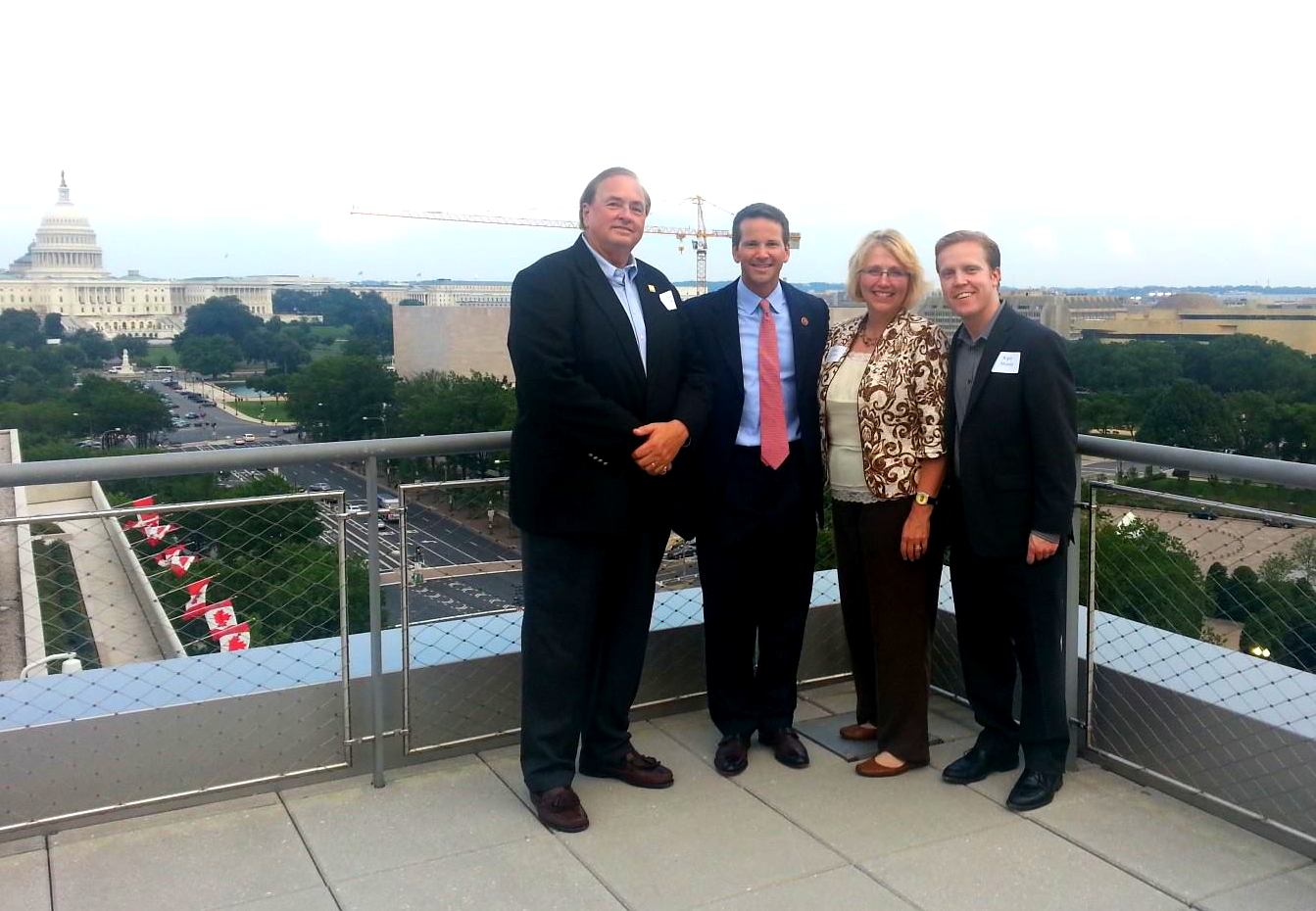
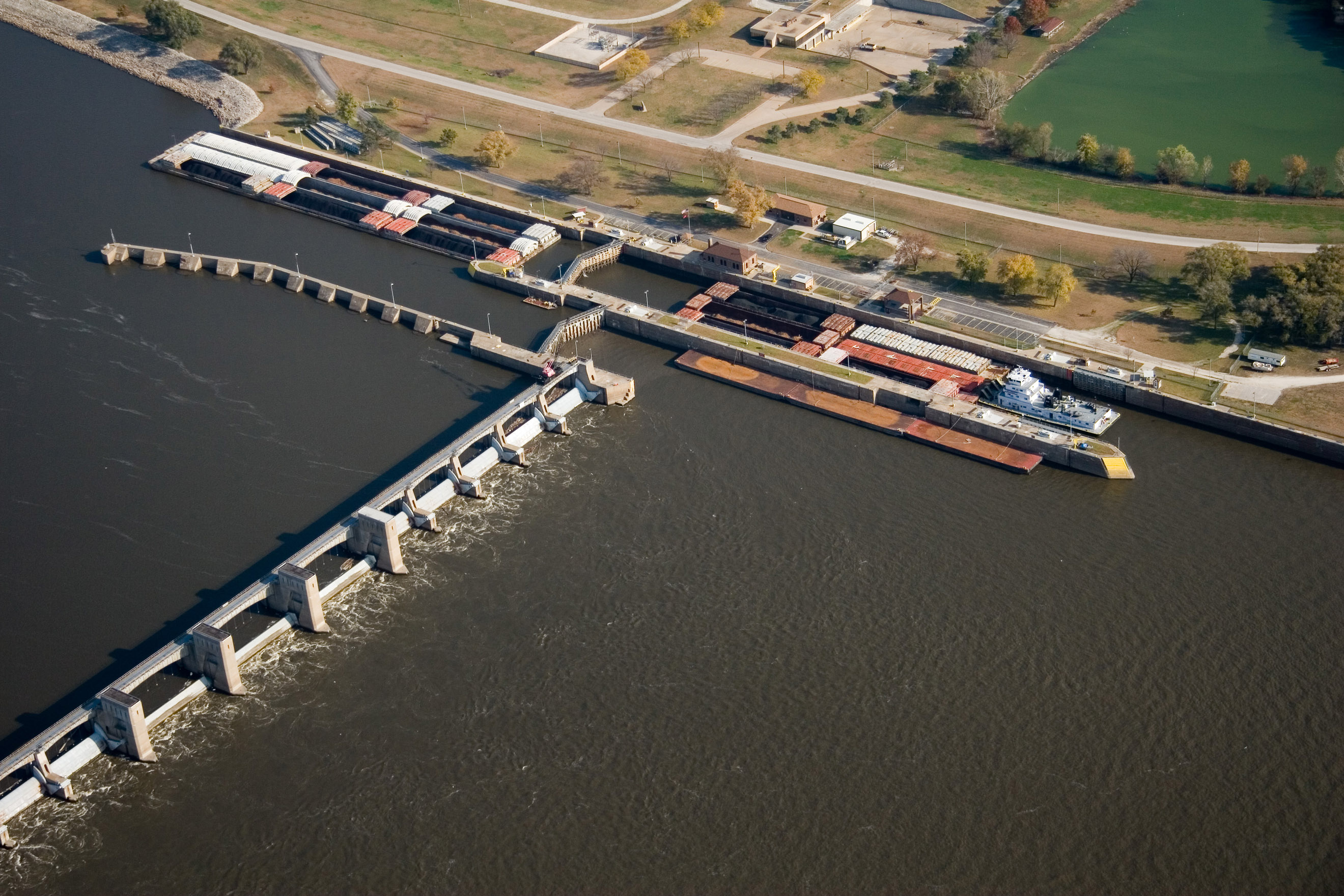



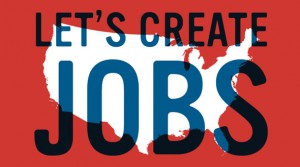
 Advantage Illinois is the
Advantage Illinois is the 

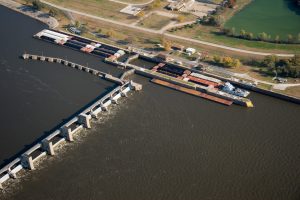 Over the past several weeks GREDF President, Marcel Wagner and Director of the Quincy Entrepreneurship Center, Charles Bell, have had the opportunity to meet with a number of groups that have the same concerns about the future of river transportation as our organization. Meetings with
Over the past several weeks GREDF President, Marcel Wagner and Director of the Quincy Entrepreneurship Center, Charles Bell, have had the opportunity to meet with a number of groups that have the same concerns about the future of river transportation as our organization. Meetings with 